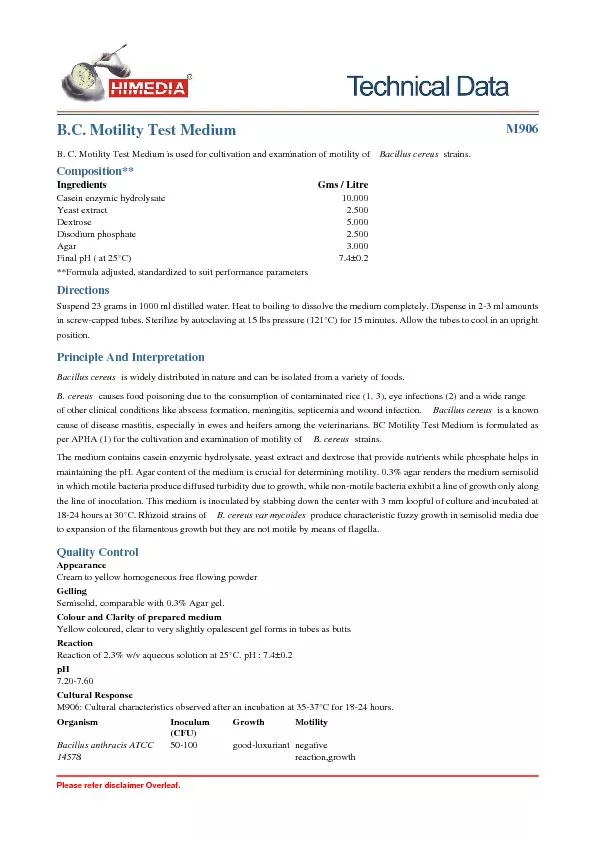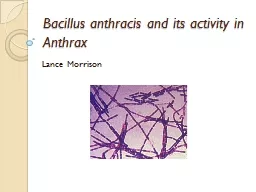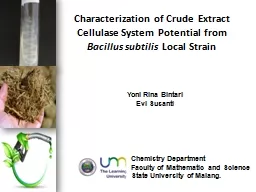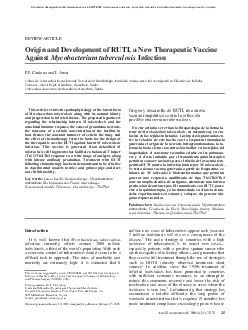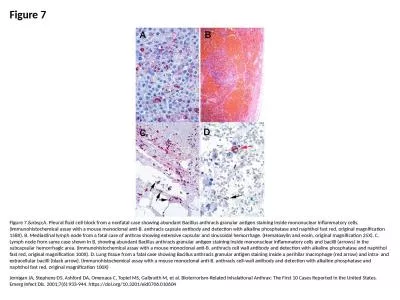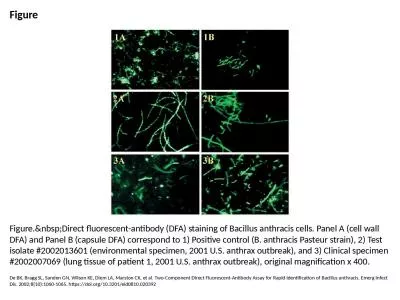PPT-Bacillus anthracis Agent Specific Training
Author : lois-ondreau | Published Date : 2018-09-24
Bacillus anthracis Introduction Anthrax is caused by the large Grampositive rodshaped sporeforming bacterium Bacillus anthracis Anthrax can be found naturally
Presentation Embed Code
Download Presentation
Download Presentation The PPT/PDF document "Bacillus anthracis Agent Specific Traini..." is the property of its rightful owner. Permission is granted to download and print the materials on this website for personal, non-commercial use only, and to display it on your personal computer provided you do not modify the materials and that you retain all copyright notices contained in the materials. By downloading content from our website, you accept the terms of this agreement.
Bacillus anthracis Agent Specific Training: Transcript
Download Rules Of Document
"Bacillus anthracis Agent Specific Training"The content belongs to its owner. You may download and print it for personal use, without modification, and keep all copyright notices. By downloading, you agree to these terms.
Related Documents



